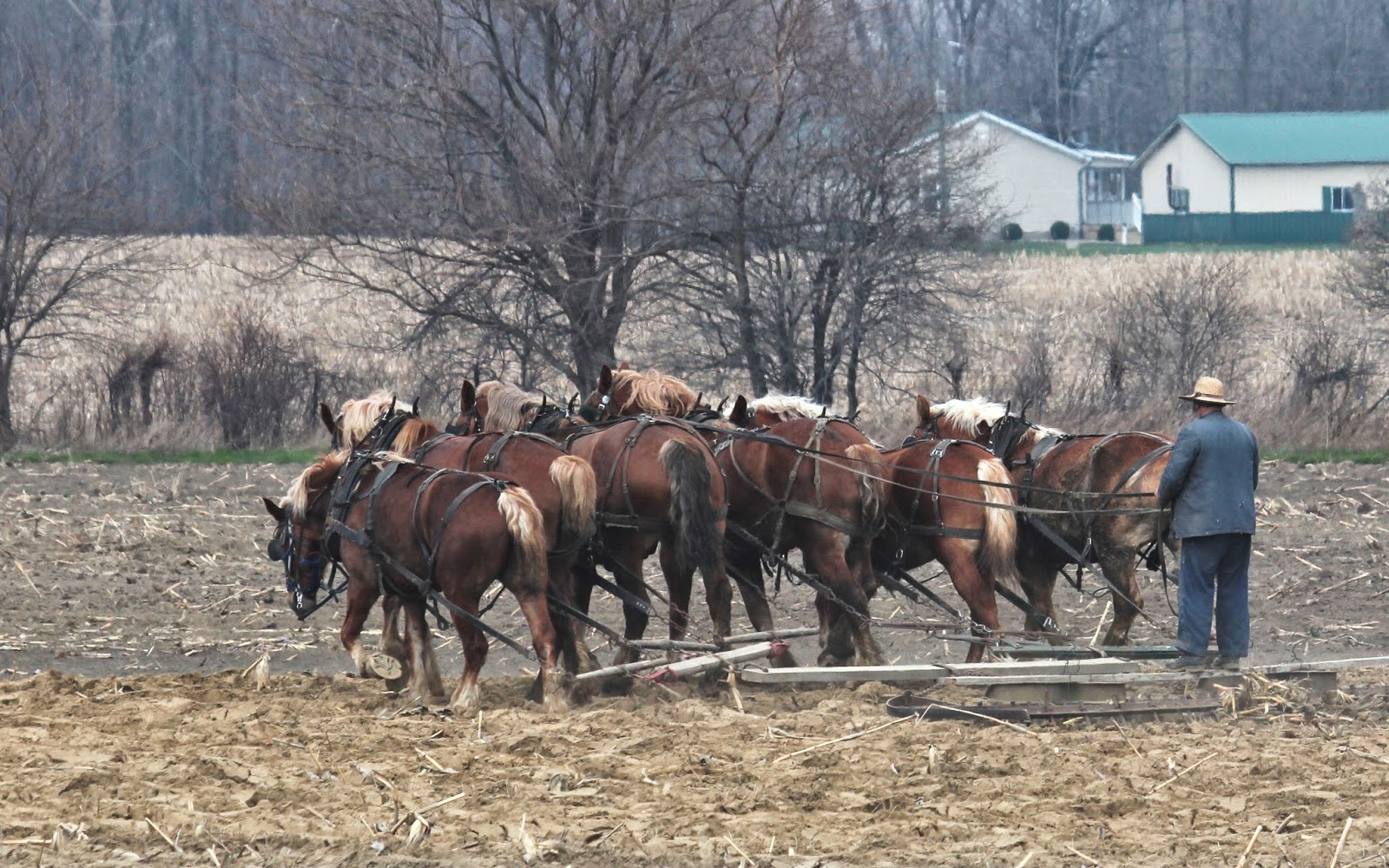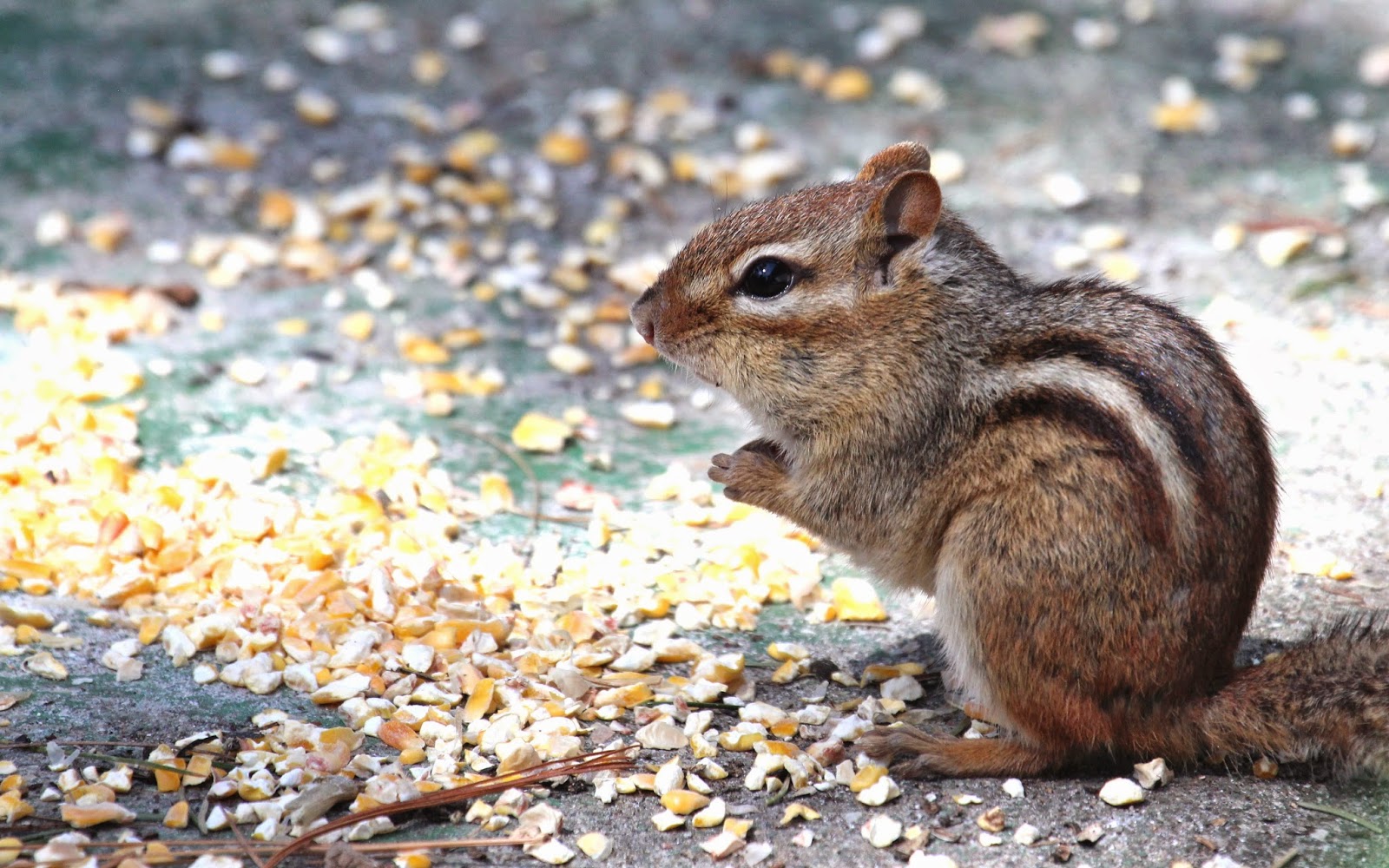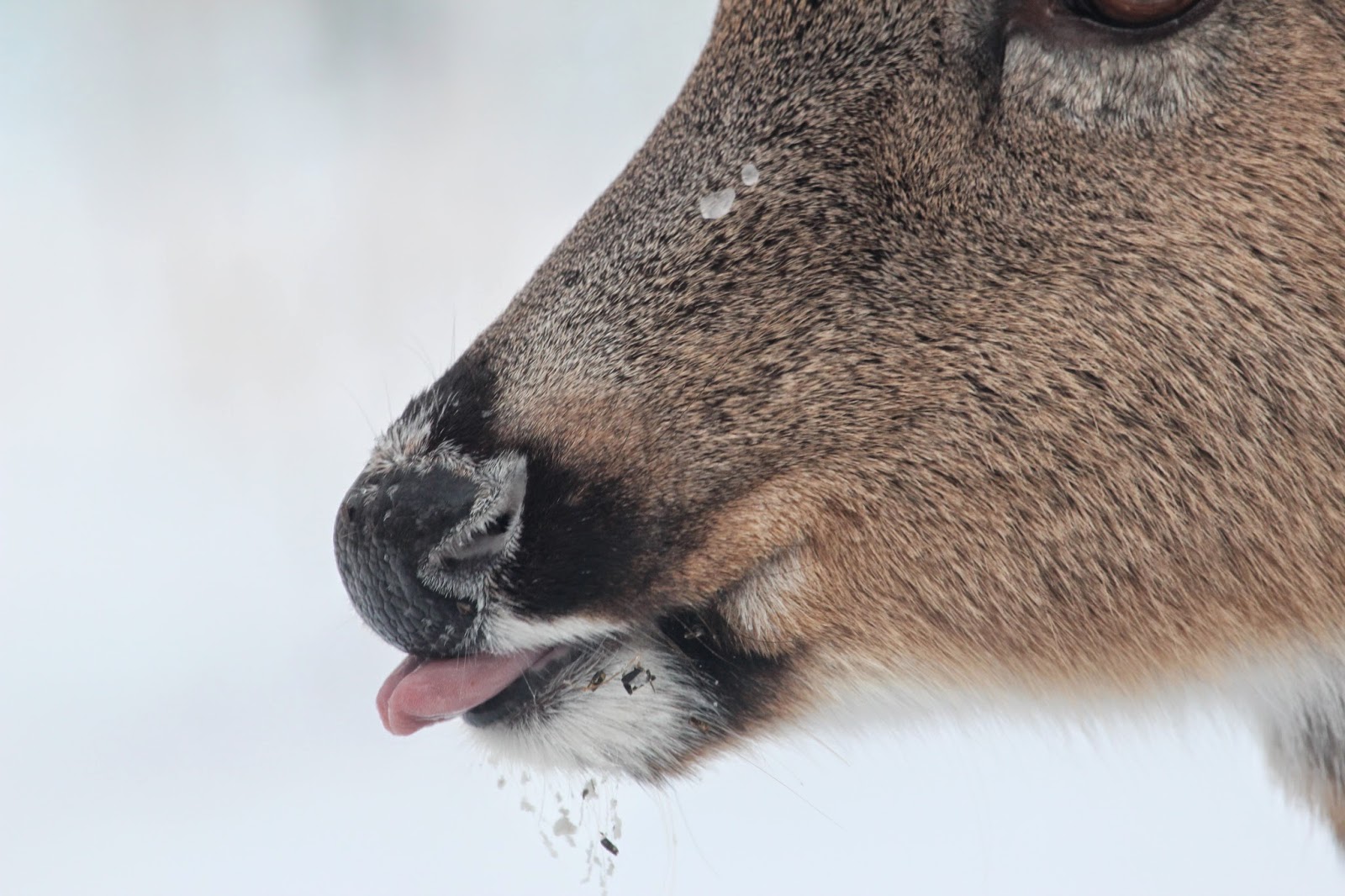No gas required.

Last week we were headed to Virginia to bird the Great Dismal Swamp. On the way we saw this 6 horse team working a field outside of Columbus Ohio. Not sure what function the drag unit was doing, maybe just breaking the soil in preparation for ploughing. I believe this is Amish country. Not often we get to see things done the old way. Can you imagine how his knees feel at the end of the day?


















